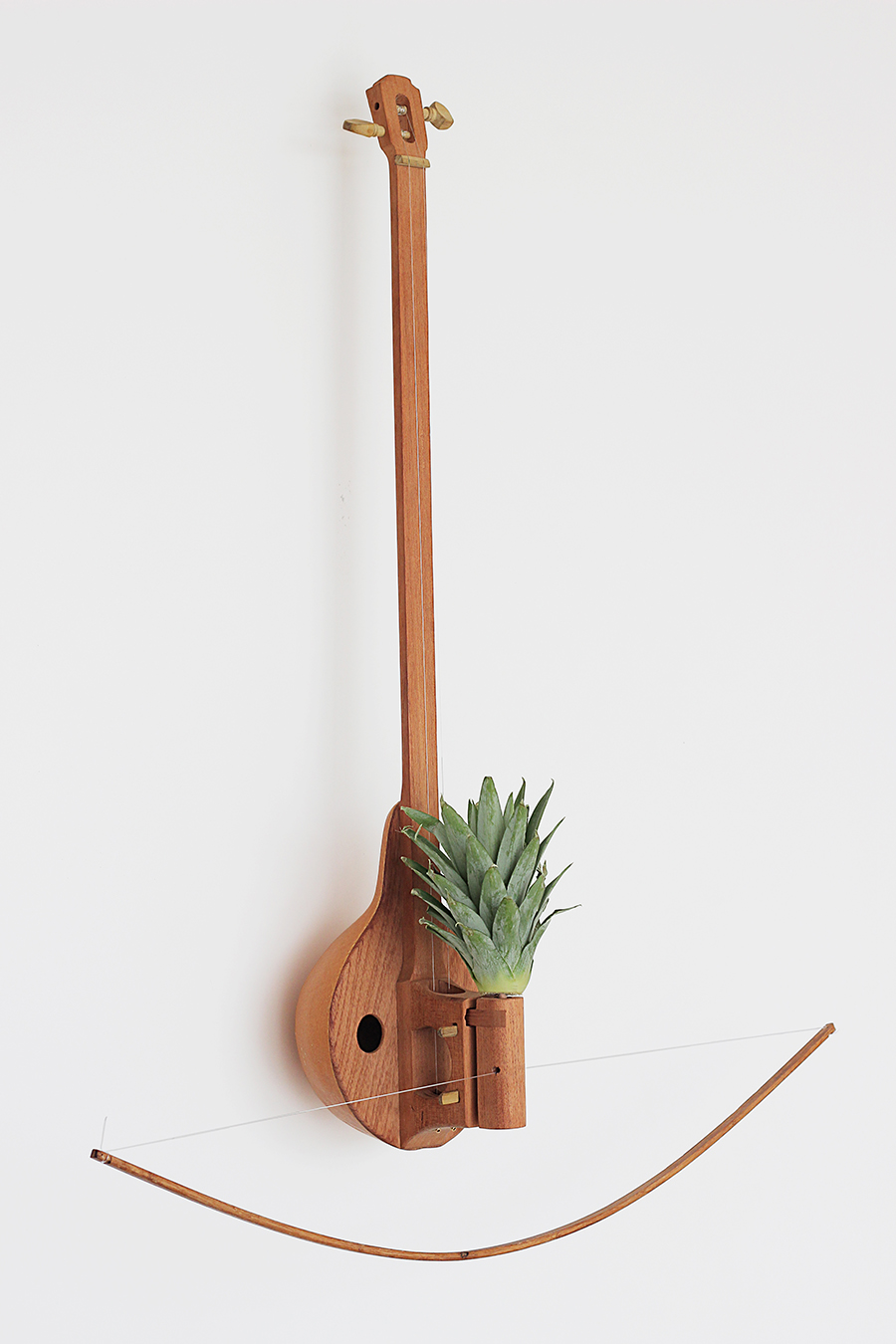Savinder Bual is fascinated by the mechanics and illusory qualities of cinema and early animation – ‘We live in a time where physical things are disappearing. This has drawn me to juxtapose tangible everyday materials with the relative immateriality of video.’ Holding an MA in Photography from the RCA, when making her work, Savinder imagines herself to be a cinema pioneer from the 18th and 19th centuries. This period of engineering advancements and mechanical inventions was inextricably linked to new ways of seeing as a form of colonial control, from navigating the seas to the 24 hour clock replacing the sun as a marker of time. Savinder explores the interplay between the moving and the still, creating work that sits between the pre-cinematic and the digital.
Fade (2020) takes the first self-recording tidal gauge as its starting point – an observation device erected on the Isle of Sheppey in 1830. A water-powered slide projector projects an image of a seascape, which slowly appears to flood. In Javasu (2019) a sea monster weaves and bends through wooden rollers, drawing upon various points in history in which the pineapple and moving panoramas triggered the public’s imagination to wonder what it was like to journey to faraway lands. Punch (2019) and Walk Cycle (2018) see Disney-esque illustrations of fists and shoes animated through automatons, while Pinjekan (2015) animates illustrated wings with air-powered devices made with wood, cotton, steel and Japanese Shoji
